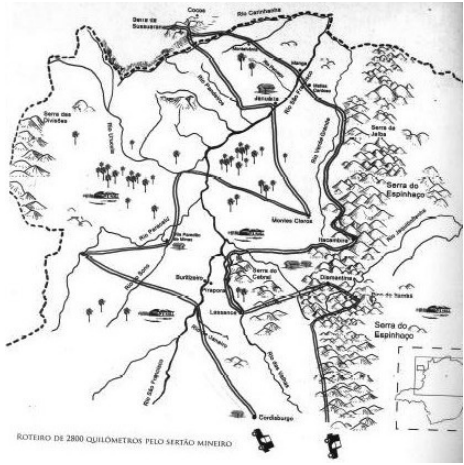TEXT:
After so long a pause that Marcia felt sure whoever it was
must have gone away, the front doorbell rang again, a
courteously brief ‘still waiting.’
It would be a neighbor child on the way home from school
with a handful of basketball tickets. Or an agent tardily
taking orders for cheap and gaudy Christmas cards.
The trip down to the door would be laborious. Doctor
Bowen had wanted her to avoid the stairs as much
as possible from now on. But the diffident summons
sounded very plaintive in its competition with the savage
swish of sleet against the windows.
Raising herself heavily on her elbows, Marcia tried to
squeeze a prompt decision out of her tousled blonde head
with the tips of slim fingers. The mirror of the vanity table
ventured a comforting comment on the girlish cornflower
fringe that Paul always said brought out the blue in her
eyes. She pressed her palms hard on the yellow curls,
debating whether to make the effort. In any event she
would have to go down soon, for the luncheon table was
standing exactly as they had left it, and Paul would be
returning in half an hour.
Edging clumsily to the side of the bed, she sat up,
momentarily swept with vertigo, and fumbled with her
stockinged toes for the shapeless slippers in which she
had awkwardly paddled about through two previous
campaigns in behalf of humanity’s perpetuity. When
done with them, this time, Marcia expected to throw the
slippers away.
Roberta eagerly reached up both chubby arms and
bounced ecstatically at the approach of the outstretched
hands. Wellie scrambled up out of his blocks and
detonated an ominously sloppy sneeze.
Marcia said “Please don’t tell me you’ve been taking cold
again.”
Wellie denied the accusation with a vigorous shake of
his head, whooped hoarsely, and began slowly pacing
the intermittent clatter of their procession down he dingy
stairway, the flat of his small hand squeaking on the cold
rail of the ugly yellow banister.
The bulky figure of a woman was silhouetted on the
frosted glass panels of the street door. Wellie, with a
wobbly index finger in his nose, halted to reconnoiter as
they neared the bottom of the stairs, and his mother gave
him a gentle push forward. They were in the front hall
now, Marcia irresolutely considering whether to brave the
blizzard. Wallie decided this matter by inquiring who it
was in a penetrating treble, reinforcing his desire to know
by twisting the knob with ineffective hands. Marcia shifted
Roberta into the crook of her other arm and opened the
door to a breath-taking swirl of stinging snow, the first real
storm of the season.
DOUGLAS, Lloyd C. White Banners. New York: P. F. Collier &
Son Corporation, 1936.
